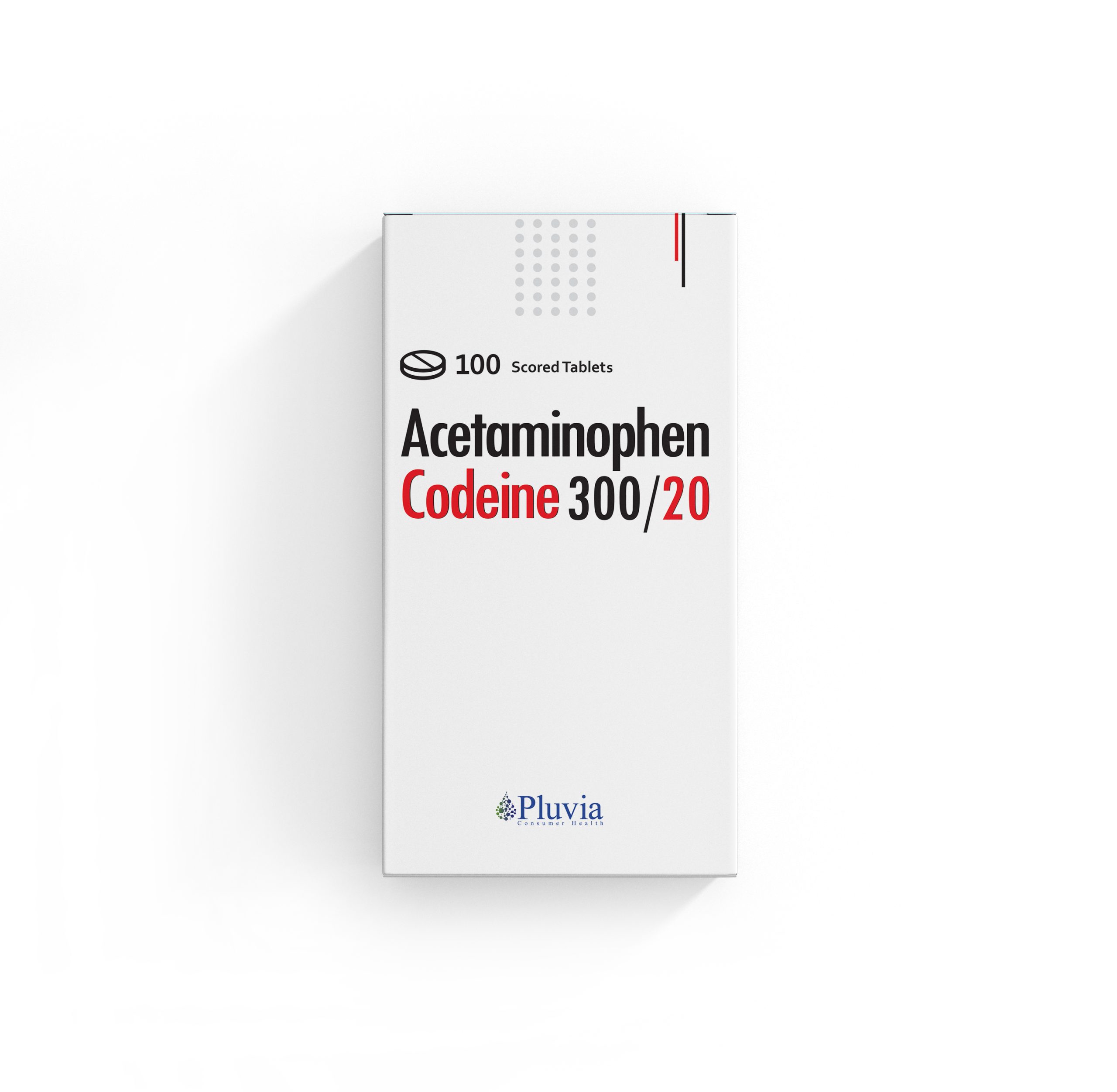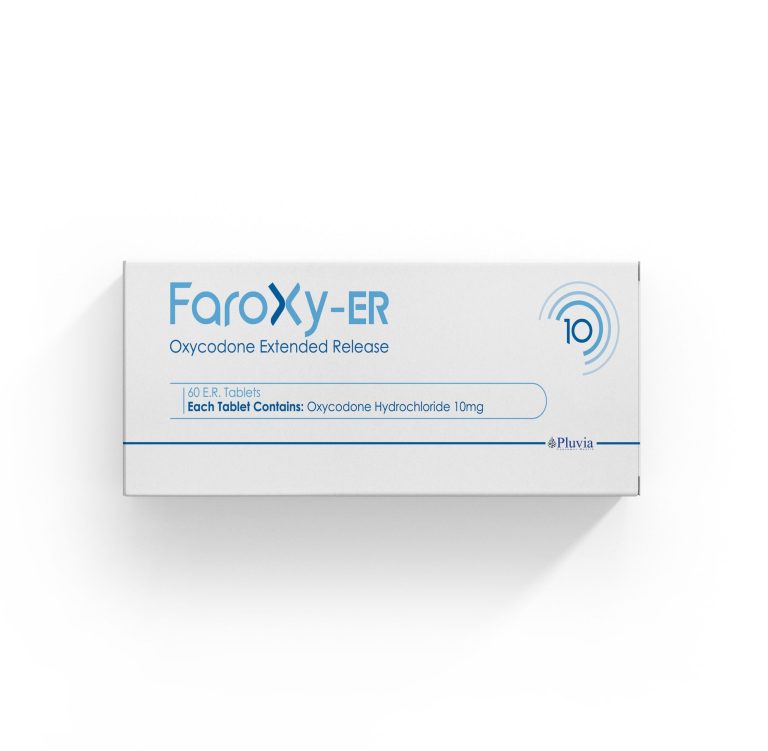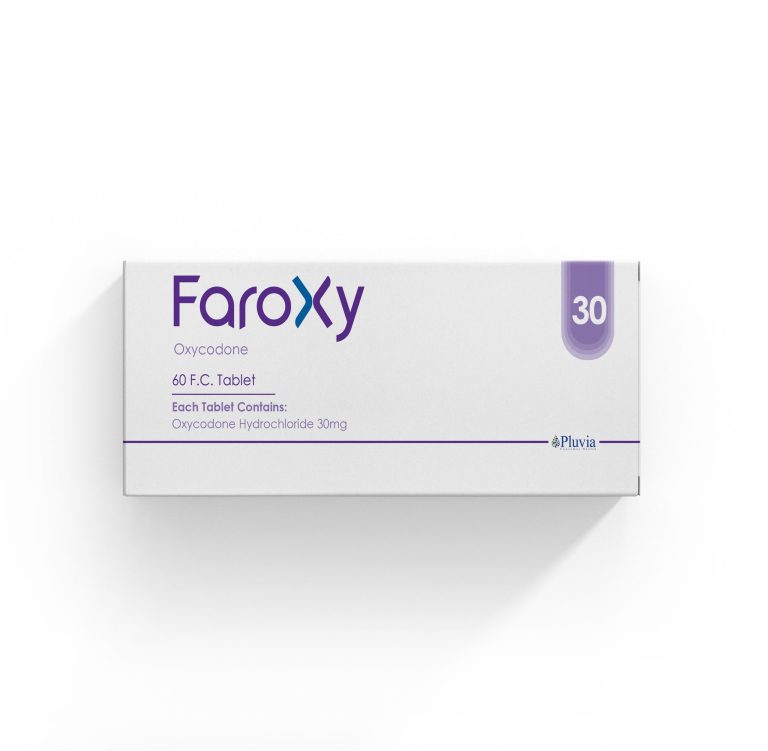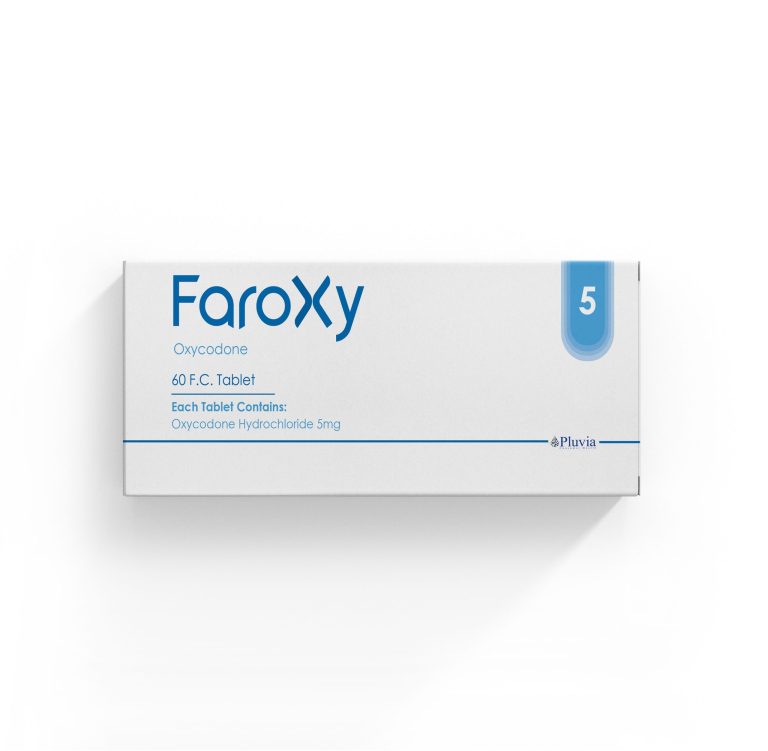Acetaminophen (Paracetamol) Codeine 300mg/20mg
Scored Tablet
Box (100 tablets)

Acetaminophen/codeine is a compound analgesic consisting of 20mg codeine phosphate and 300mg acetaminophen. Acetaminophen is in a class of medications called analgesics and antipathetic. Codeine belongs to a class of drugs called opiate (narcotic) analgesics and to a class of medications called intuitiveness. Acetaminophen (paracetamol) is the most commonly taken analgesic worldwide and is recommended as first-line therapy in pain conditions by the World Health Organization (WHO).
Therapeutic Fields

Management of mild to moderate pain where treatment with an opioid is appropriate and for which alternative treatments are inadequate.

Acute Musculoskeletal Pain

Common Cold & Cough

Severe Pain

Dosing
-
Adults:
Acetaminophen (300 to 1,000 mg/dose)/codeine (15 to 60 mg/dose) every 4 hours as needed; adjust dose according to severity of pain and response of patient (maximum: acetaminophen 4,000 mg/codeine 360 mg per 24 hours).
-
Renal Impairment:
No dosage adjustment necessary; Use with caution.
-
Hepatic Impairment:
No dosage adjustment necessary; Use with caution.
-
Pediatrics:
Use is contraindicated in ages <12 years and in postoperative tonsillectomy and/or adenoidectomy patients: Not a preferred agent; use only when determined codeine is only option.
Weight-directed dosing: Dosage for individual components:
Codeine: 0.5 to 1mg/kg/dose every 4 to 6 hours; maximum dose: 60mg/dose.
Acetaminophen: 10 to 15mg/kg/dose every 4 to 6 hours; do not exceed 5 doses in 24 hours; maximum daily dose: 75mg/kg/day not to exceed 4g/day.
-
Geriatrics:
Use with caution and consider initiation at the low end of the dosing range; titrate slowly.
Administration
Administer with food to decrease GI upset.
Major Interactions (Risk X)
Azelastine (Nasal), Eluxadoline, Opioids (Mixed Agonist/ Antagonist), Orphenadrine, Oxomemazine, Paraldehyde, Thalidomide.
Pregnancy
Prolonged use during pregnancy can result in neonatal opioid withdrawal syndrome,
which may be life-threatening if not recognized and treated. If opioid use is required for a prolonged period in a pregnant woman, advise the patient of the risk of neonatal opioid withdrawal syndrome and ensure that appropriate treatment will be available.
Breast-Feeding
Acetaminophen and codeine are present in breast milk. Due to the potential for serious adverse reactions in the breastfed infant, breastfeeding is not recommended.
Contraindications
Hypersensitivity (e.g., anaphylaxis) to acetaminophen, codeine, or any component of the formulation; pediatric patients<12 years of age; postoperative management in pediatric patients <18 years of age who have undergone tonsillectomy and/or adenoidectomy; significant respiratory depression; acute or severe bronchial asthma; GI obstruction; concurrent use with or within 14 days following MAOIs therapy.
Warnings/Precautions
- CNS depression: may impair physical or mental abilities; patients must be cautioned about performing tasks which require mental alertness (e.g., operating machinery or driving).
- Constipation: Consider preventive measures (e.g., stool softener, increased fiber) to reduce the potential for constipation.
- Hepatotoxicity: Acetaminophen has been associated with cases of acute liver failure. Most of the cases of liver injury are associated with the use of acetaminophen at dosages that exceed 4 g/day, and often involve more than one acetaminophen-containing product. Risk is increased with alcohol use, preexisting liver disease, and intake of more than one source of acetaminophen-containing medications.
- Hypersensitivity reactions: Hypersensitivity and anaphylactic reactions have been reported. Discontinue therapy at the first appearance of skin rash or any other sign of hypersensitivity.
- Hypotension (orthostatic hypotension and syncope): use with caution in patients with hypovolemia, cardiovascular disease (e.g., acute MI), or drugs that may exaggerate hypotensive effects (phenothiazines or general anesthetics). Monitor for symptoms of hypotension following initiation or dose titration.
- Respiratory depression: Monitor for respiratory depression, especially during initiation of therapy or following a dose increase.
- G6PD deficiency: Use with caution.
- Phenanthrene hypersensitivity: Use with caution in patients with hypersensitivity reactions to other Phenanthrene-derivative opioid agonists (hydrocodone, hydromorphone, levorphanol, oxycodone, oxymorphone).
Side Effects
- Central nervous system: Dizziness, euphoria, sedation, serotonin syndrome
- Dermatologic: Pruritus, skin rash
- Endocrine & metabolic: Adrenocortical insufficiency
- Gastrointestinal: Abdominal pain, constipation, nausea, vomiting
- Hematologic & oncologic: Agranulocytosis, thrombocytopenia
- Respiratory: Dyspnea
We understand the complexities and challenges you face in the healthcare industry. That’s why we’re dedicated to providing innovative solutions and insightful knowledge to help you achieve your goals.
Your input is crucial in helping us understand your needs and deliver the most relevant support:






